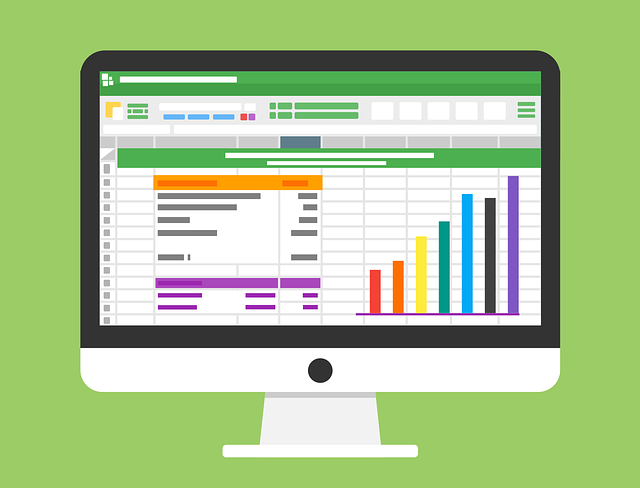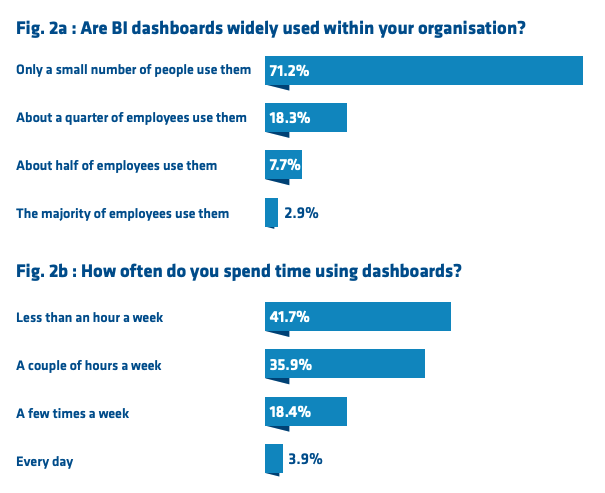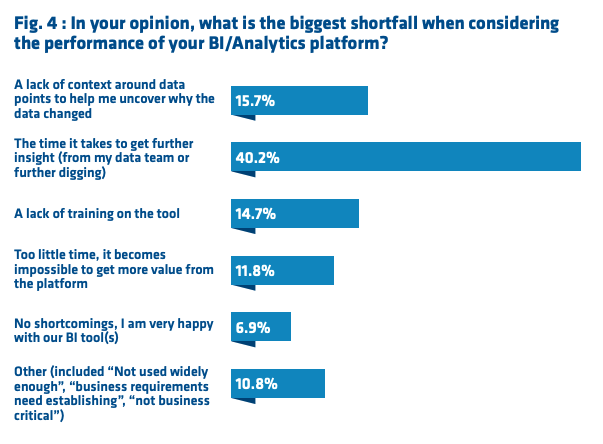
Why BI is ripe for automated analytics - dashboards aren't enough
Ever been frustrated by someone having all the answers then realising they don't know why those answers are right?
I had that, sitting in maths class at 12 years old, while wrapping my eager brain around algebra problems. I loved it. It was a giant puzzle waiting to be solved. Our grey-haired, ginger-bearded maths teacher taught us that you could take a number from one side of the equation (to isolate x), place it on the other side of the equals symbol and it magically changes the operation from addition to subtraction or division to multiplication, or vice versa. Diagrams like the following filled the whiteboard.
It worked a dream.
(Don't worry, this isn't an algebra lesson...there is a point to this...)

But I was also curious because I knew that maths wasn't magical, it was logical. Nobody could have just dreamed up that maybe, if they just switched around numbers and reversed the operation, then the equation might work. There has to be a why - a reason for the method working.
So I asked my teacher for the why. He simply re-explained the concept. A little embarrassed, I rephrased my question. "That's how algebra works," he replied.
Oh the frustration! "Because it is" is NEVER a satisfactory answer. Ever had that in response to your query on some business data?
Haven't we all.

All the 'what' but no 'why' from your dashboard data
Most businesses love to be, or at least think they are, data-driven. They have terabytes of data stored up in their databases - potential answers to almost any operational query. Customer count increased 5%. Profit decreased 3%. Marketing qualified leads spiked last month, etc. But the facts (data) aren't enough by themselves. If you want to improve anything, you need to know why these things happened. But rarely are you able to find that out.
This is a huge problem.
It's hardly a wonder that so few people trust the numbers when the only reason data-savvy colleagues can give for them is "because it is".
It's not analysts' fault. They don't have the time, even if they do have the skills, to go on the hunt for possible correlations that may unearth causation. A Computing Research survey showed that in 49% of organisations, fewer than five people are responsible for delivering analytics and insights in each business. So, you are left to your own devices - your dashboard.
Ah, the dashboard. The centre of all knowledge, apparently. But remind me, when was the last time you logged in to look at it? And when did it last show you something interesting? And when you spotted that interesting thing - a spike, dip, or gap in the data - how easy was it to find out exactly why that happened using your dashboard's filtering, slicing, and dicing features?

The demise of data dashboards?
Computing Research conducted a survey on the use of dashboards in businesses of varying sizes and industries and the figures looked like this.
In 89.5% of the businesses surveyed, less than one quarter of employees use dashboards. 41.7% of respondents used their dashboards for less than one hour a week. This means they are almost definitely not conducting their own analysis, just using dashboards to monitor their portion of the business.

After demonstrating low dashboard usage with further statistics, Computing stated:
"Very few people are using dashboards, and the ones who are are mainly using them to simply identify events that have occurred. Using dashboards in this way does not make an organisation insight-driven. It barely qualifies an organisation as being data-driven. Using BI platforms in this way is basically monitoring. A user can see that an event occurred but no further understanding is possible. There is no context around data points, no insight, and no inspiration."
The analysis shows that businesses are still very early on in their journey to data-driven nirvana. Moreover, the response to BI/analytics platforms' shortcomings showed that the biggest issue was the time it takes to get to further insights.

If insights are the biggest need but dashboards aren't being used, it would seem that dashboards are not the answer to today's business data needs.
Is it enough to be trying to build data-driven businesses when adoption remains pitifully low and businesses' investments in BI tools remains small?
I'd suggest that 'data-driven' shouldn't be so much the goal as 'insights-driven'.
The results of the Computing Research survey show that having data, and only having insights come along once in a blue moon, isn't really being data-driven. You can't blindly follow numbers when steering your department, team, or business. You need to know why they spiked or dipped or step changed etc. You need to be able to replicate it or avoid it.
That's where automation enters the scene.

The rise of automated analytics
Automated analytics is a topic that everyone is aware of, but few are pursuing.
The Computing survey asked respondents about the extent to which AI-driven analytics or automation was present within their BI platform. Over 70% of respondents replied "only just on my radar" or "not at all".
But what if automation could identify the patterns and signals within your business data so you didn't have to dig into dense dashboards of data?
Those who invest early into automation could accelerate far beyond their business peers if automated analytics delivers the insights that are so crucial to the business but dashboards cannot deliver. Most BI and analytics vendors still centre their products around the data dashboard. Yes, dashboards are great for monitoring the business, but they don't seem to be delivering the insights that drive business change.
Get the research paper
Read 'The Rise of Automated Analytics and the Demise of Dashboards' by Computing Research to uncover the state of analytics and automation in businesses today.